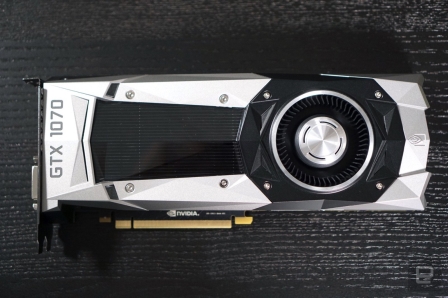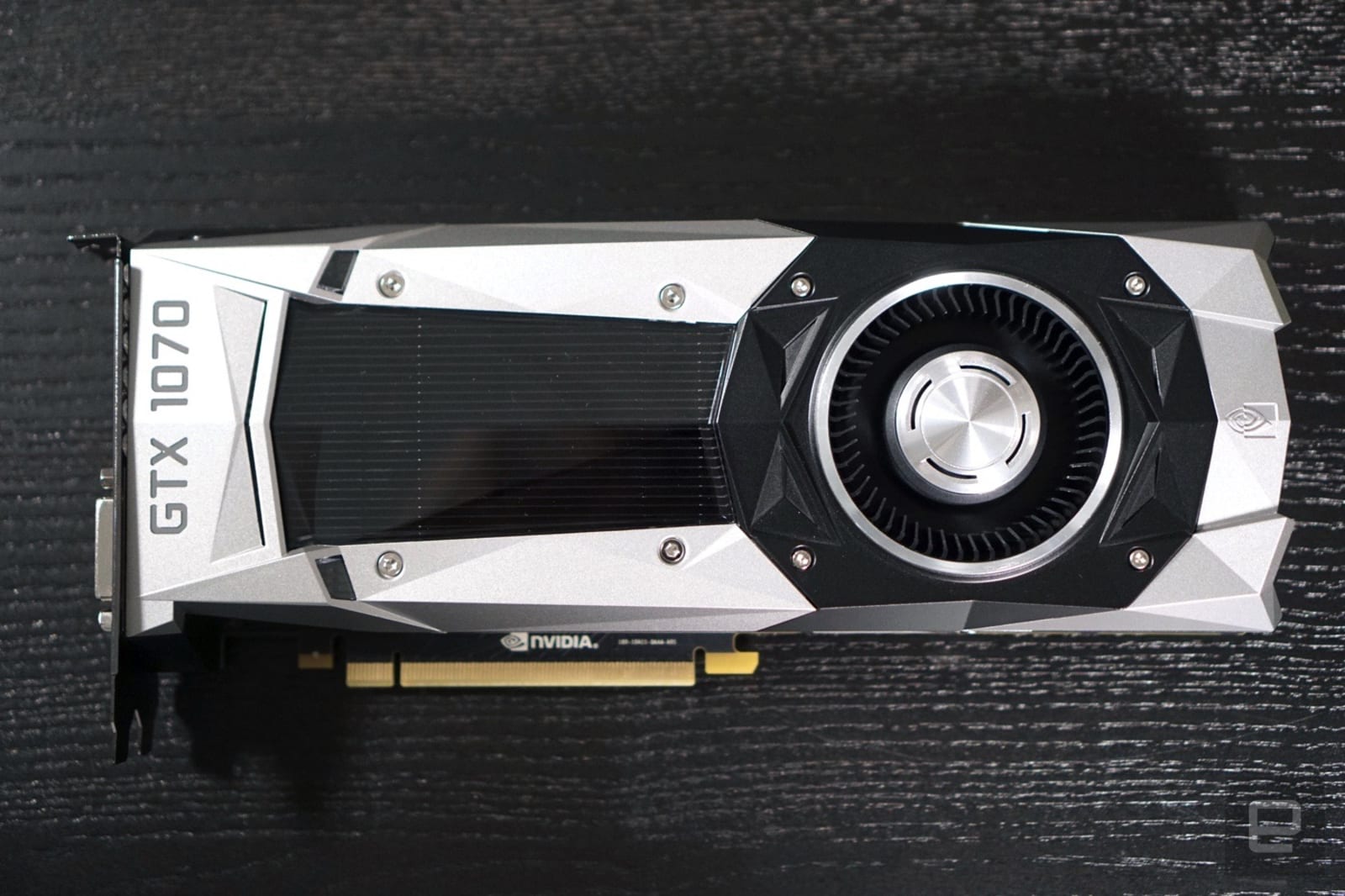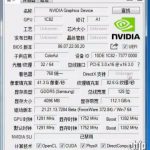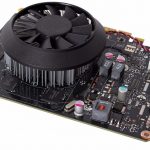NVIDIA’s GTX 1070 is a mid-range GPU that feels high-end
As impressive as NVIDIA’s GeForce GTX 1080 GPU is, its high price of $599 is tough to stomach for even the most dedicated gamers. That’s where the mid-range GTX 1070 comes in: It’s almost as fast as its more powerful sibling, but it starts at a more reasonable $379. That’s still a hefty chunk of change, but for the money it can tackle pretty much every game today (and likely for the next year or two) without breaking much of a sweat. That’s not too shabby for a mid-range video card.
Due to travel (Computex was quite the trip) as well as limited supply from NVIDIA, it’s admittedly taken me a while to put the GTX 1070 through its paces. But now that I’ve had some time with it, I can say without a doubt that the 1070 is an intriguing GPU. Even NVIDIA admits that among this generation of cars, this is the one most consumers will likely end up going for. Rounding out the lineup, the company also announced the lower-end GTX 1060 this week, which is quite the bargain at $249.
The GTX 1070 is NVIDIA’s second card based on its 16 nanometer Pascal architecture, and it packs in 8GB of GDDR5 RAM and clock speeds between 1.5GHz and 1.7GHz. The company claims it pumps out 6.5 teraflops worth of computing power, compared with the 1080’s nine teraflops. I tested the slightly pricier $449 Founders Edition of the card, which sports the same elaborate metallic heatsink design as the 1080 Founders version. It has three DisplayPort connections, one HDMI port, one DVI port and is powered by a single eight-pin connector.
Gallery: NVIDIA GeForce GTX 1070 | 8 Photos
| 3DMark | 3DMark 11 | |
| NVIDIA GeForce GTX 1070 | Standard 13,918/ Extreme 7,703/ Ultra 4,110 | X7,778 |
| NVIDIA GeForce GTX 1080 | Standard 15,859/ Extreme 9,316/ Ultra 5,021 | X9,423 |
| AMD R9 Fury X | Standard 13,337/ Extreme 7,249/ Ultra 3,899 | X,6457 |
| AMD Radeon RX 480 | Standard 10,279/ Extreme 5,146/ Ultra 2,688 | X4,588 |
Let’s get to what you’re really here for: benchmarks! Not surprisingly, the GTX 1070 sits right between AMD’s $240 Radeon RX480 8GB card and the GTX 1080 in terms of performance on my rig (a 4GHz Core i7-4790K CPU, 16GB of 2400Mz DDR3 RAM and a 512GB Crucial MX100 SSD on a ASUS Z97-A motherboard). But it also consistently bests the Radeon R9 Fury X, which was AMD’s flagship card from last year. (Unfortunately, I didn’t have a GTX 970 or 980 Ti to benchmark.)
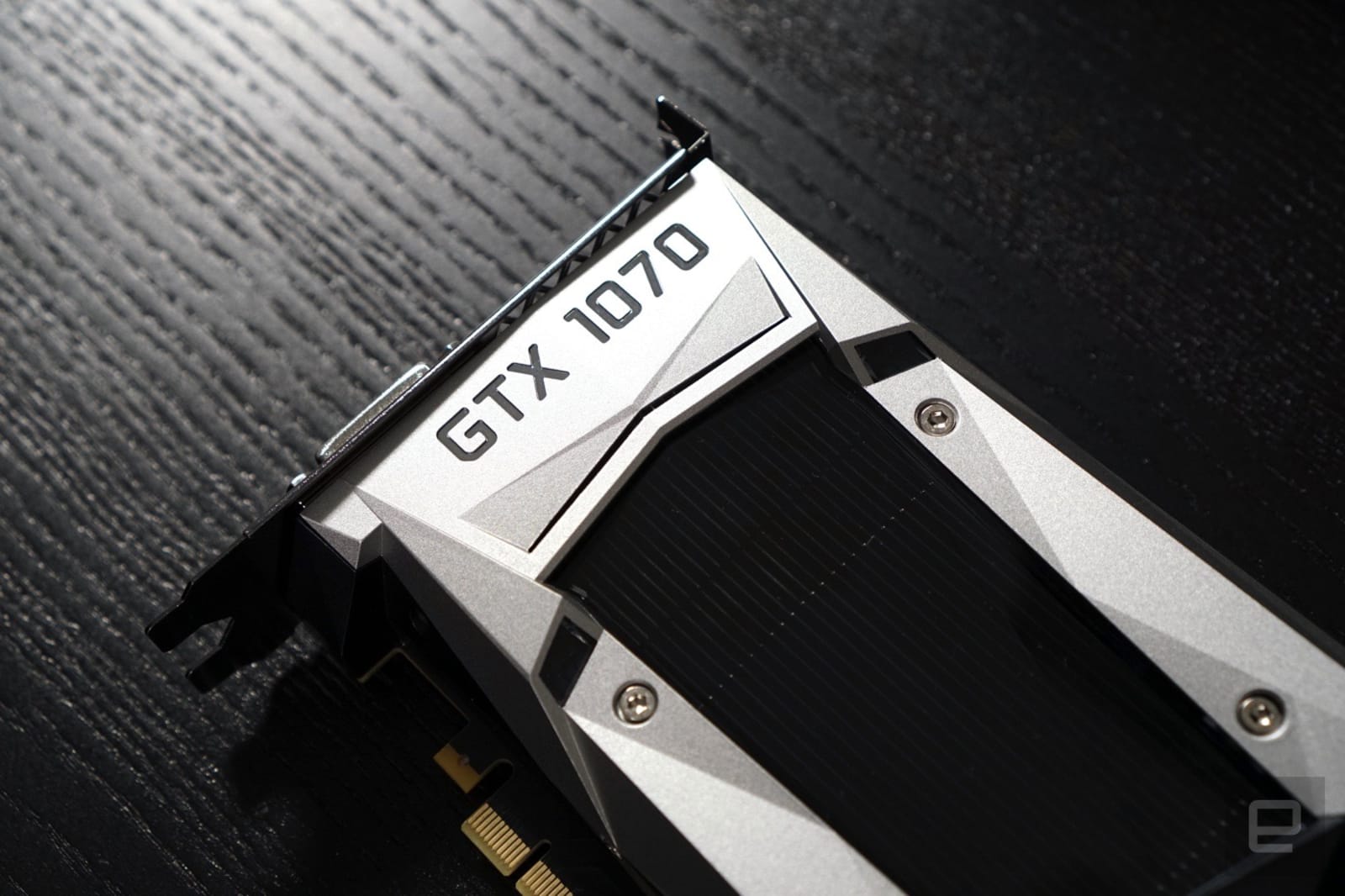
4K benchmarks
| Witcher 3 | Hitman | Doom | |
| NVIDIA GeForce GTX 1070 | 38 | 35 | 48 |
| NVIDIA GeForce GTX 1080 | 43 | 48 | N/A |
| AMD R9 Fury X | 35 | 38 | N/A |
| AMD Radeon RX 480 | 20 | 25 | 35 |
Average frames-per-second performance in 1440p with all graphics set to maximum and NVIDIA HairWorks turned off.
On the 4K front, it performed around the same as the R9 Fury X. It was noticeably less capable than the 1080 — in Hitman I saw around a 13 frames-per-second performance drop — but it’s still playable if you’re just looking to reach 30 fps at the minimum. It also reached an impressive 48 to 55 fps in Doom, a game that scales pretty well across GPUs of all types.
1440p benchmarks
| Witcher 3 | Hitman | Doom | Overwatch | |
| NVIDIA GeForce GTX 1070 | 60 | 60 | 55-65 | 60 |
| NVIDIA GeForce GTX 1080 | N/A | N/A | N/A | N/A |
| AMD R9 Fury X | N/A | 70 | N/A | N/A |
| AMD Radeon RX 480 | 43 | 45 | 58 | 60 |
Average frames-per-second performance in 1440p with all graphics set to maximum and NVIDIA HairWorks turned off.
Rather than pining for 60 fps 4K performance, I’ve settled on 1440p (2,560 by 1,440 pixels) as my ideal gaming resolution. It’s noticeably sharper than 1080p, and it’s easy to get high frame rates even with every graphical nicety imaginable turned on. With the GTX 1070, I consistently reached 60 fps with ultra settings (which will still look pretty great on a 4K display).
Of course, it also had no trouble scoring well in 1080p benchmarks, but that’s no surprise. If you’re getting a new GPU today, you’re better off aiming for 1,440p performance.
Given that AMD’s cheaper RX 480 had no trouble with VR, I didn’t expect any hiccups with the GTX 1070. Indeed, it didn’t disappoint. Dogfighting in Eve: Valkyrie was fast-paced and didn’t show any sign of slowdown, and exploring alien environments in Oculus’ Farlands felt as immersive as ever. In fact, I didn’t notice any performance difference from the GTX 1080 with VR.
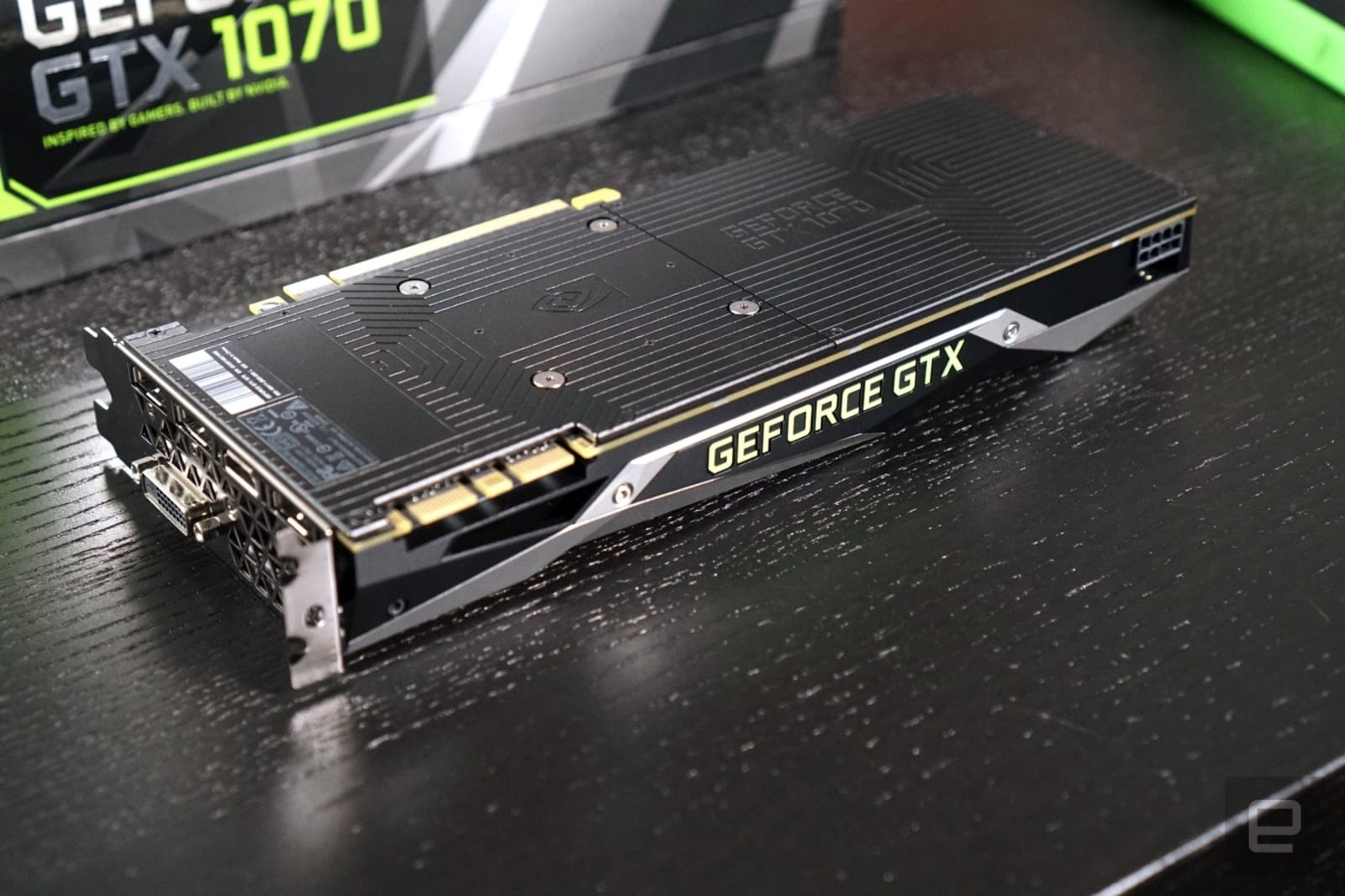
When the GTX 1070 was announced, it seemed like the ideal affordable choice for PC gaming. Since then, though, we’ve seen the $200 AMD RX 480 debut, and NVIDIA announced the GTX 1060, a $249 option of its own. So where does that leave the 1070? Based on what I’ve seen so far, it’s still a better option than the RX 480 and 1060 if you want to play at 1440p, or simply want a GPU that can handle next year’s games. And, of course, you’ve also got the option of picking up another GTX 1070 to run in SLI mode in a year or so, as well as overclocking to get some extra performance free.
It’s hard to call a $379 video card affordable, but when you’re comparing it to a $599-and-up card, it seems a lot more palatable. And when you put it in context, as a GPU that trounces the cream of the crop from last year, the GTX 1070 is undeniably a great value.
(102)

